Rocky Linux Tutorials
Rocky Linux is an open-source, community-driven enterprise operating system designed to be a downstream, complete binary-compatible release using the Red Hat Enterprise Linux (RHEL) source code. Let’s see why should we choose Rocky Linux.
Why Choose Rocky Linux?
Rocky Linux OS is popular among users for several reasons including:
- Enterprise-Grade Stability: Rocky Linux offers the same stability, performance, and reliability that enterprises have.
- Community-Driven Development: Rocky Linux is developed and maintained by a strong community.
- Long-Term Support: Rocky Linux provides long-term support, with regular updates and security patches.
- Compatibility: It maintains binary compatibility with RHEL, meaning applications and services that run on RHEL will run seamlessly on Rocky Linux.
- Open Source: Rocky Linux is free and open-source, allowing organizations to benefit from enterprise-grade features without the associated costs of proprietary software.
Getting Started with Rocky Linux Tutorials
To help you get the most out of Rocky Linux, here we try to provide a set of essential tutorials that cover installation, configuration, and common tasks.
You can easily learn how to download and install Rocky Linux on your hardware or virtual machine. After installing Rocky Linux, perform initial configurations such as setting up a non-root user, configuring the firewall, and enabling automatic updates.
Learn how to create, manage, and delete users and groups, including setting permissions and configuring sudo access.
Secure your Rocky Linux server by setting up SSH key-based authentication, which is more secure than password-based logins.
Also, you learn many more configuration and installation of various services. You can simply improve your knowledge by following this Rocky Linux tutorial.
Install and Configure Nagios on Rocky Linux 8: Free Monitoring

Install and Use Podman on Rocky Linux 8: Free Container Management

Set up Redis on Rocky Linux 9: Best And Fast Cache
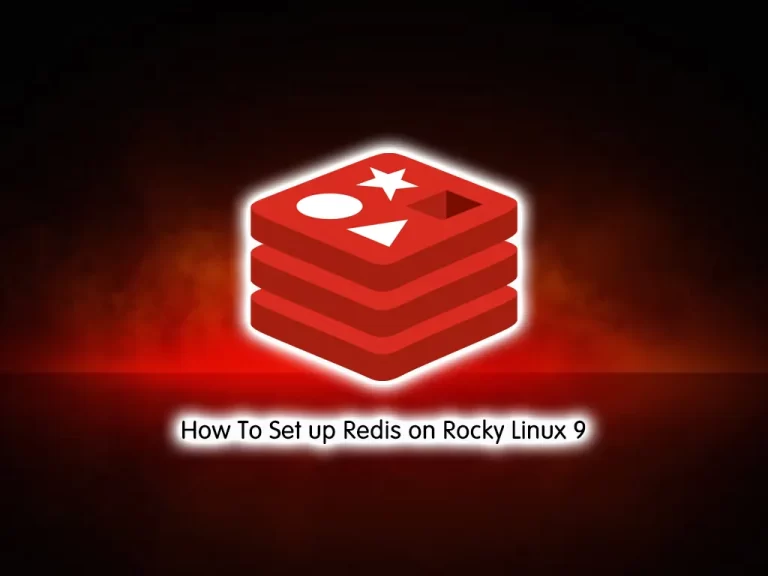
Install and Configure GitLab on Rocky Linux 8: Easy Steps To Host Git Repos
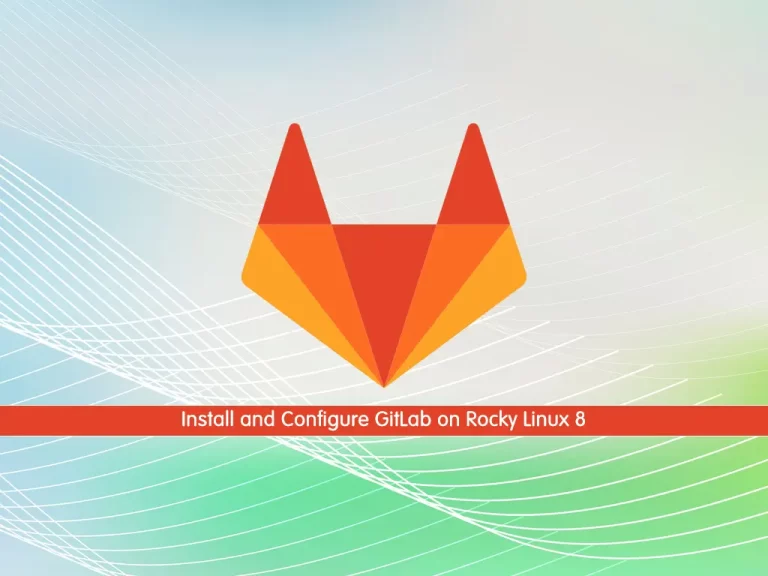
Install Cinnamon Desktop Environment on Rocky Linux 8 with Easy Steps

Easy Steps To Install PHP 7.4 on Rocky Linux 8

Install DotNet on Rocky Linux 8 with Easy Steps
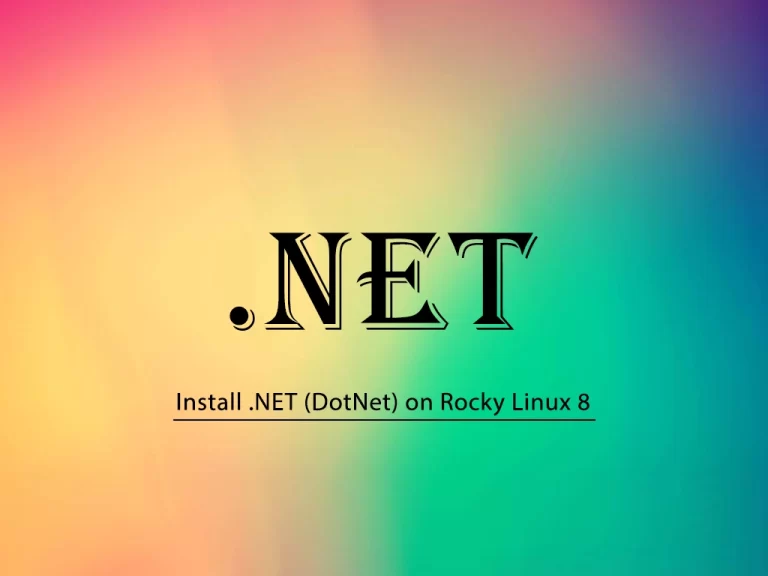
Best Steps To Set up Anaconda on Rocky Linux 8

Install and Configure WordPress on Rocky Linux 9 – Best Setup
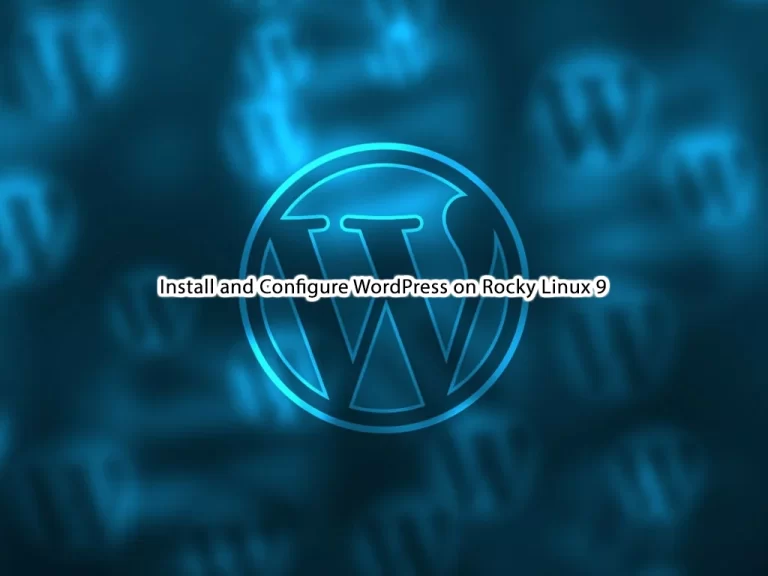
Install Django on Rocky Linux 9: Best Python Web Framework
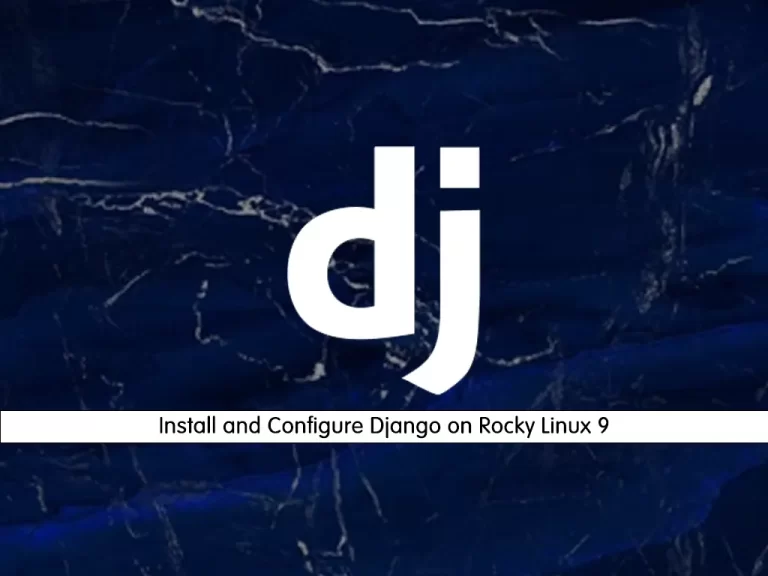
Install and Configure Apache Maven on Rocky Linux 8
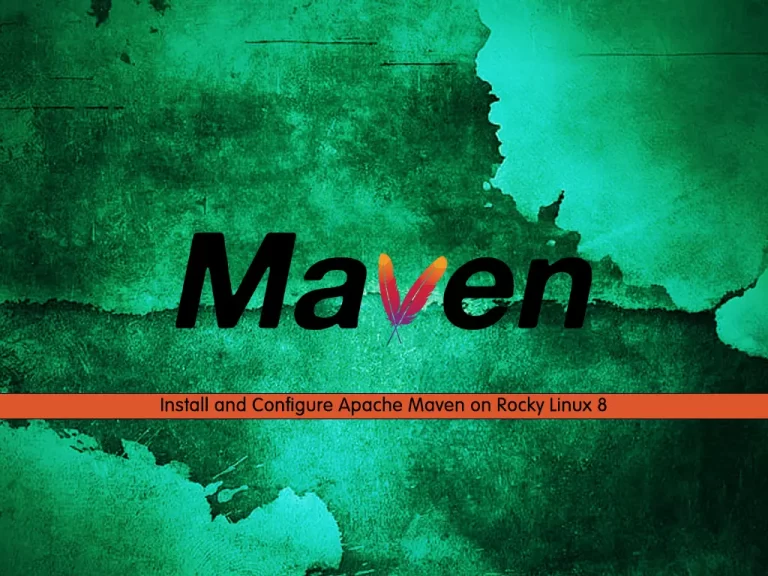
Install Ntopng on Rocky Linux 9: Easy Network Monitoring
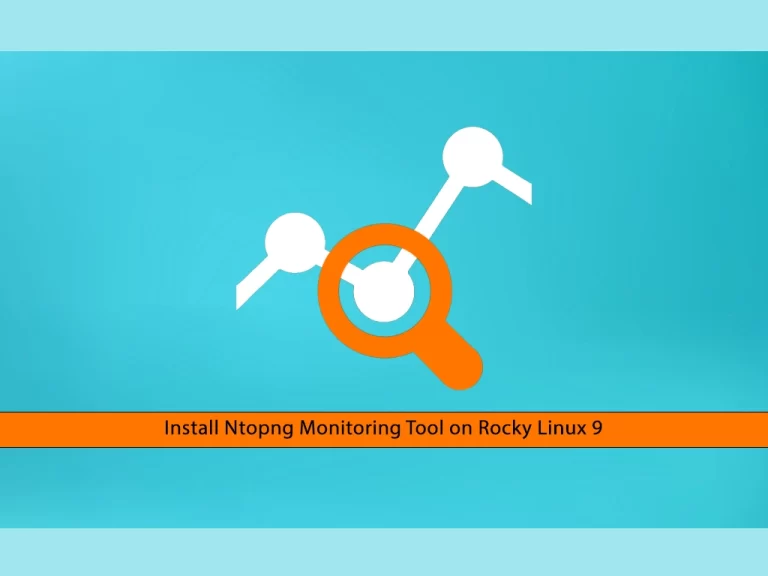
Stay informed and not overwhelmed, subscribe now!
